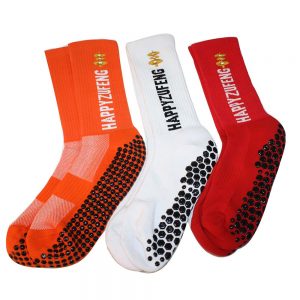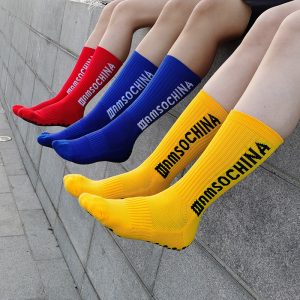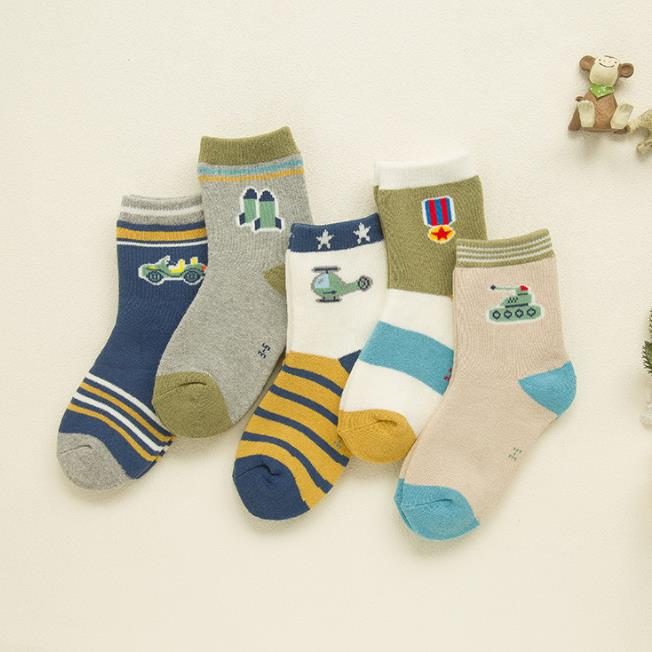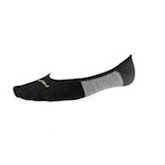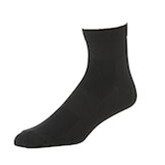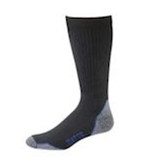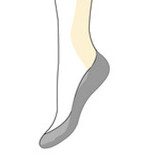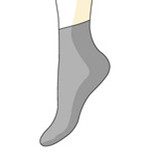The history of socks is a fascinating journey that spans thousands of years, showcasing their evolution from simple foot coverings to the diverse and functional garments we use today. Let’s explore the highlights of this ancient and essential piece of clothing:
- Early Origins: The use of rudimentary foot coverings can be traced back to prehistoric times. Early humans likely wrapped their feet with animal skins or plant materials for warmth and protection.
- Ancient Egypt and Greece: In ancient civilizations like Egypt and Greece, socks took on a more sophisticated form. They were crafted from woven fabrics and often made of animal hair, such as goat or sheep wool. These early socks were primarily worn by the wealthy and were considered a symbol of status and luxury.
- Roman Influence: The Romans were known to wear a type of sock called “udones,” which were made of woven fabrics and worn with sandals for added comfort and protection.
- Middle Ages: Throughout the Middle Ages, socks became more commonplace among various social classes. Knitting techniques emerged during this time, allowing for more intricate and fitted designs. Socks were primarily made of wool and were hand-knitted by individuals or their families.
- The Age of Knitting Machines: The invention of the knitting machine in the late 16th century revolutionized sock production. Knitting machines enabled faster and more consistent production, making socks more affordable and accessible to the general population.
- Industrial Revolution: With the advent of the Industrial Revolution in the 18th century, textile production saw significant advancements. Mass production of socks became possible, and they were no longer considered a luxury item but a necessity for people of all classes.
- 20th Century Innovations: In the 20th century, socks continued to evolve with the introduction of new materials and designs. Nylon, a synthetic fabric, was invented in the 1930s and revolutionized the sock industry. It provided durability, elasticity, and affordability, making socks more comfortable and long-lasting.
- Sports and Athletic Socks: With the rise of sports and physical activities in the 20th century, specialized socks were developed to cater to athletes’ needs. These athletic socks often feature cushioning, moisture-wicking properties, and arch support.
- Fun and Fashionable Socks: In recent decades, socks have evolved beyond their functional purpose and have become a fashion statement. Brightly colored socks with bold patterns, novelty designs, and quirky motifs have gained popularity as a form of self-expression.
- Performance Socks: As technology continues to advance, performance-enhancing socks have been developed for specific purposes, such as compression socks for improved blood circulation, moisture-wicking socks for sports, and thermal socks for extreme cold conditions.
Today, socks are an integral part of our daily attire, available in various styles, materials, and designs to suit different preferences and needs. They have come a long way from their humble beginnings, representing both practicality and fashion in modern-day society.
